Bell pepper is a welcome guest on the table with any housewife. It is consumed fresh, in salads, used for stuffing, prepared from it lecho for the winter and many other preparations. But in regions with adverse weather conditions, it is possible to grow this heat-loving vegetable only in greenhouse conditions, choosing early varieties for planting and growing.
Content
Early cultivars in Siberia
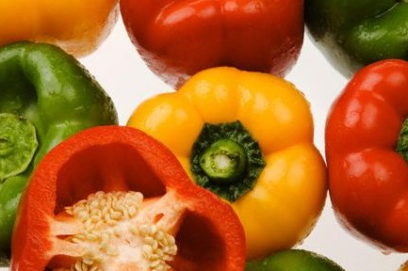
A feature of pepper is a long growing season from planting to harvest. Therefore, for growing in harsh conditions, you must:
- Prepare the land for planting in the fall, seasoning it with compost, humus, autumn fertilizers (potassium sulfate, potassium monophosphate, superphosphate).
- Add ash, slaked lime or chalk to the soil in the fall for deoxidation.
- Grow in polycarbonate greenhouses or film greenhouses.
- Plant zoned early grades.
- Provide timely watering, weeding, loosening and top dressing.
Novosibirsk
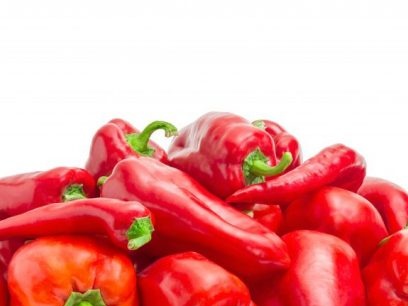
The early ripening variety has been bred specifically for cultivation and cultivation in areas with unstable weather. Belongs to undersized, the bush grows to 0.5-0.6 m. It begins to bear fruit 3-3.5 months after seed emergence. During full maturity, cone-shaped red peppers weigh about 70 g and have a flesh wall thickness of 6 mm. From 1 square meter of plantings, gardeners harvest from 3 to 10 kg.
Triton
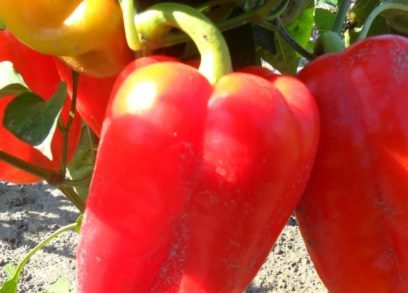
Triton is classified as a precocious low-growing vegetable species, the plant does not grow above 0.6 m, does not pretend to be garter and forming, grown in open ground and film shelters. According to the descriptions of specialists, it is non-capricious and fruitful. Peppers in the form of a cone reach a weight of 0.1-0.15 kg. Fruits are ready for harvesting at a time of technical ripeness and have a yellow color, at a time full red. Used in the preparation of any preparations and salads.
Topolin
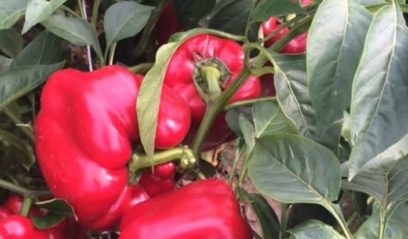
Is an early sight and grown in Siberia and the Urals. Fruits well under film shelters and greenhouse conditions. Belongs to medium-sized, with a bush size within 0.7 m. The advantages of Topolin pepper include taste of excellent quality, productivity, resistance to vertebral rot. Cone-shaped fruits have a mass of 0.10 to 0.15 kg and at the time of full maturity acquire a red color. The productivity of Topolin is about 5 kg per 1 sq.m.
Pepper for gardeners of the Urals
The Urals are characterized by a sharp change in temperature, even within 1 day, since it is remote from the seas and oceans, and the climate here is sharply continental. The air temperature in the summer months fluctuates around 19-24 degrees. Therefore, in this climate it is necessary to select seeds for planting with special care. Preference is given to precocious varieties of vegetables resistant to temperature changes.
Pioneer
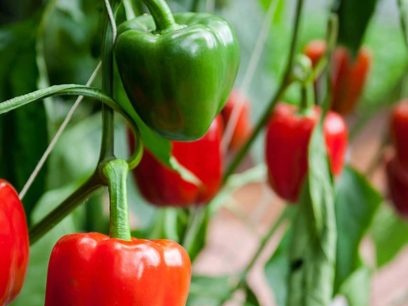
The early ripening species was bred for cultivation in the middle lane, Siberia and the Urals. Gardeners appreciate the variety for its resistance to temperature extremes and difficult growing conditions. The bush is compact, its size is about 0.5-0.7 m. The crop reaches technical ripeness in 155-120 days after seed emergence.Ripe red cone-shaped fruits gain weight up to 50 g with a pulp wall thickness of 4 mm. About 1 kg of peppers is collected from 1 sq. M. Among the shortcomings, low productivity is noted. A variety of universal purpose.
Montero F1
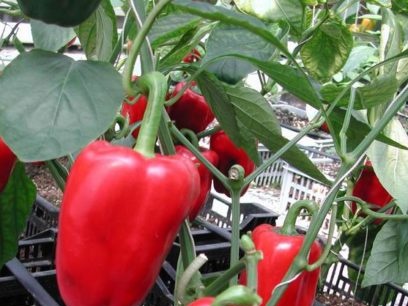
Belongs to tall early ripe hybrids of peppers, reaching 1.2-1.5 m in greenhouse conditions. Bushes require formation and garter. The vegetable reaches the technical ripeness of the fruit after 95-100 days, the biological ripeness of the peppers reaches after 110-120 days. Red prismatic peppers have a mass of 0.25 kg. About 1 kg of vegetables is collected from 1 sq. M.
Single F1
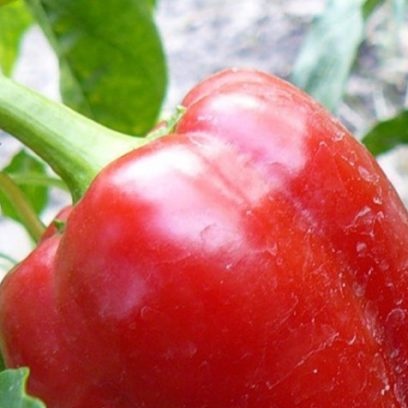
A single - early hybrid for growing and harvesting in open and closed ground. The bush is low, its size is 0.5-0.7 m. To obtain the results, the presence of a polycarbonate shelter is not necessary, cube-shaped peppers grow to 0.2 kg even under temporary film shelters. Fruits reach 12 cm in length and have a pulp wall thickness of 8 mm. The hybrid is able to bear fruit even in unstable summers, with high humidity and unstable air temperature.
Varieties of pepper for fruiting in the Far East
The climate of the Far East is characterized by monsoon rains, temperature differences day and night, a small number of warm days in the summer, strong winds and frosts in winter. Therefore, to obtain a crop of vegetables in this region, special varieties are developed that are resistant to temperature extremes, high humidity and lack of heat.
Tusk
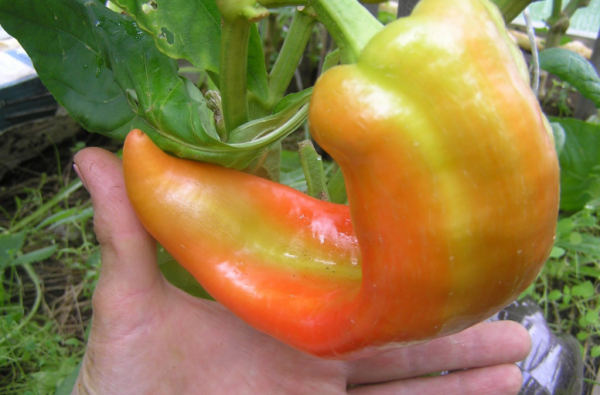
Bred by Siberian breeders for planting and harvesting in areas with unstable heat. It is an early ripening and high-yielding variety with large fruits. For cultivation, it is recommended to plant seedlings under a film shelter or in polycarbonate greenhouses. The bush is low, growing up to 0.5-0.6 m. Formation is carried out in the form of removal of leaves to the fork of the bush. The fruits of the Tusk are elongated red, weighing up to 0.3 kg. A variety of universal purpose.
Yellow bell
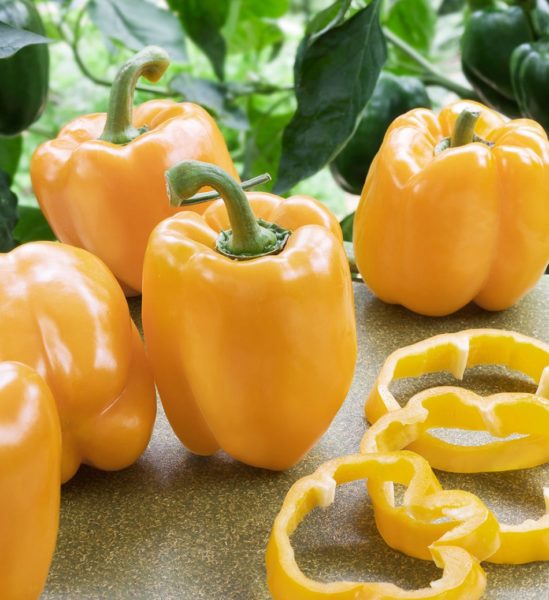
The variety is able to produce crops both in the southern regions and in the harsh northern latitudes, but then it needs shelter from low temperatures. The plant grows to 0.7- 0.8 m in height, in greenhouse conditions, its size can be about 1 m. From 1 bush, 8 to 12 fruits are formed simultaneously. Yellow cubed peppers grow to 0.15 kg. In open ground, the yield is from 3 kg per 1 sq. M., Under cover - up to 8 kg.
Freshness
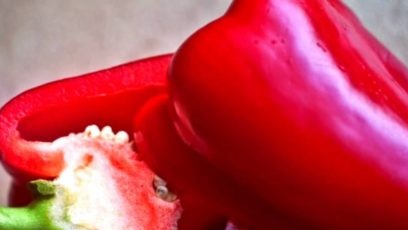
Designed for cultivation in the Far East and the Urals. It is stunted (55 cm) and early ripening variety. From germination to technical ripeness takes about 90-100 days. It is resistant to cold weather in the early stages of development. The fruits are conical in shape, have a small mass, from 50 to 70 g. Yields per square meter, on average, are about 1 kg. The variety is suitable for stuffing with meat, vegetables and cooking preparations for the winter.
Peppers for gardeners near Moscow
Moscow and the surrounding areas have a milder climate, but here, to get an earlier harvest, it is necessary to plant ripe varieties and use polycarbonate shelters or temporary film. Return frosts are possible until the end of May and the planting of pepper seedlings in the open ground is carried out no earlier than the beginning of June.
Asti F1
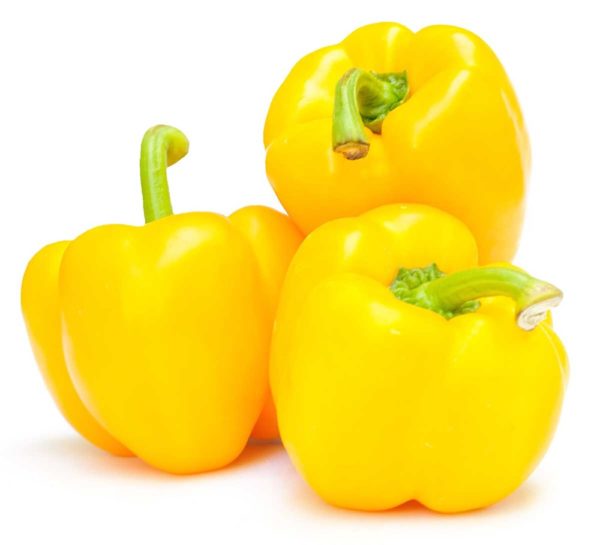
The variety is an early period of development and maturation. The bush is strong, grows up to 0.8 m in height. From seedlings to technical maturity, the time period is about 110 days. It is considered one of the best varieties for planting. Ripe cube-shaped peppers have a length of about 10 cm, a sweet taste, weight up to 0.2 kg and a chamber wall thickness of 8 mm. In accordance with the departure from 1Q. m gives the amount of vegetables from 7 to 15 kg.
Vesuvius
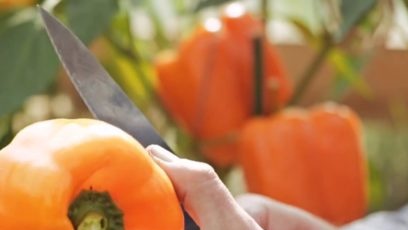
The bush is tall up to 1 m, so it needs a garter and support.3 plants are planted per 1 sq.m, so as not to interfere with each other's development. About 120 days pass before the start of the harvest, after the first sprouts appear. In full ripeness, the cuboid fruits of a dark red color gain weight up to 0.15-0.17 kg. From 3 bushes, 4-5 kg of vegetables are collected. The fruits are consumed in salads and spins for the winter.
Annushka F1
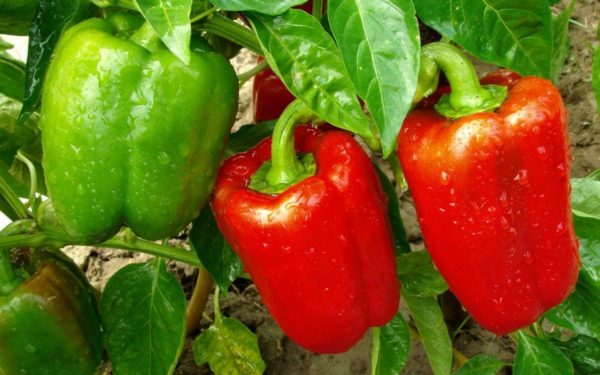
An early variety loved by summer residents for their unpretentiousness and resistance to weather fluctuations. The bush is low, about 0.6-0.7 m in height. Fruits are ready for harvest 3.5 months after seed germination. Ripe red prism peppers with a weight of about 0.15-0.17 kg have a wall thickness of about 0.7-0.8 cm. It is considered suitable for fresh consumption and for workpieces.
The benefits of pepper
The use of this vegetable in food brings not only gastronomic pleasure, but replenishes the body:
- Vitamin C, which is contained in this culture more than in lemons.
- Vitamin P that improves vascular elasticity.
- Vitamins B2, B6, B12, improving the condition of the skin and hair.
Before buying pepper seeds, the gardener needs to read the packaging and pay attention to the ripening time of the product, adaptability to regional conditions, and universal use. With the right choice of variety, observing the rules of care, watering and top dressing, even under adverse conditions, pepper gives a decent crop.




 Calorie pepper stuffed with meat and rice - BZHU per 100 grams
Calorie pepper stuffed with meat and rice - BZHU per 100 grams Gorky pepper - the best varieties for open ground
Gorky pepper - the best varieties for open ground Hot pepper seeds - the best varieties for open ground and reviews
Hot pepper seeds - the best varieties for open ground and reviews Capsicum tincture for hair - how to use and reviews
Capsicum tincture for hair - how to use and reviews